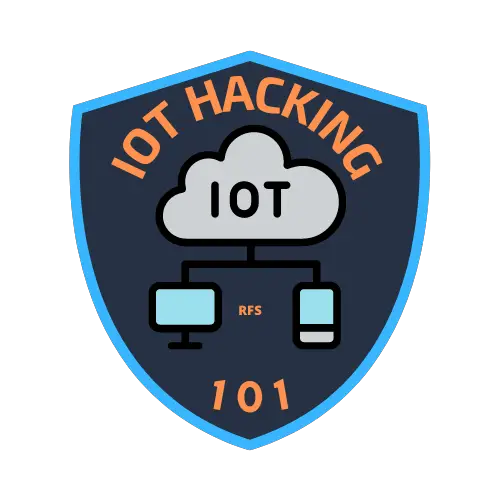- Weak Passwords: Many IoT devices come with default login credentials that are easily guessable or publicly available, leaving them vulnerable to attacks.
- Lack of Encryption: Without encryption, data transmitted between IoT devices and the cloud can be intercepted and read by hackers.
- Insecure Communication Protocols: Many IoT devices use unsecured protocols for communication, making them vulnerable to man-in-the-middle attacks.
- Unauthorized Access: IoT devices that are not properly secured can be easily accessed by unauthorized users, leaving them open to theft or misuse.
- Outdated Software: Many IoT devices do not receive regular software updates, leaving them vulnerable to known security vulnerabilities.
- Insufficient Authorization: Some IoT devices lack proper authorization protocols, which allows hackers to gain access to the device and take control.
- Lack of Physical Security: IoT devices that are not physically secured can be easily tampered with or stolen, compromising the security of the device and its data.
- Weak Input Validation: IoT devices that accept user input without proper validation are susceptible to injection attacks and other forms of hacking.
- Privacy Concerns: IoT devices that collect personal data may not have proper privacy protections in place, leaving the data vulnerable to theft or misuse.
Lack of User Awareness
Many IoT device owners are not aware of the potential security risks and do not take the necessary steps to secure their devices.
IoT Hacking 101
Join the Newsletter!

